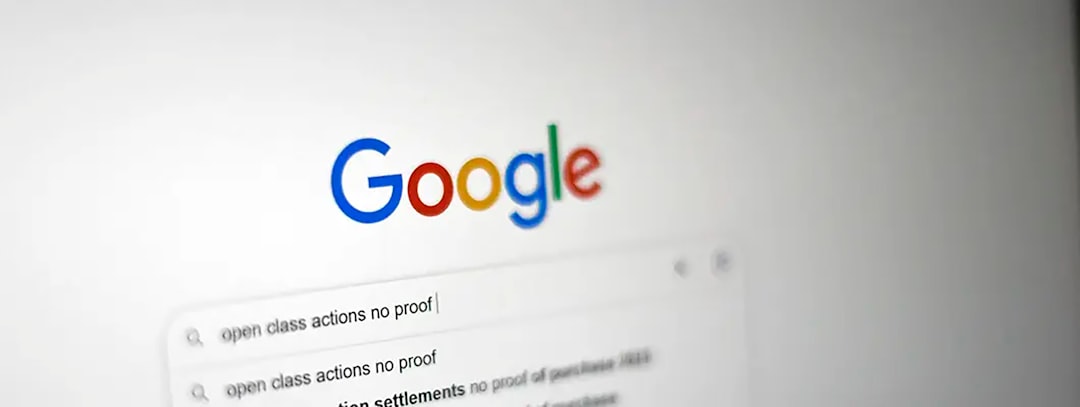Ever opened a Google Doc link, only to be smacked with the message: “docs.google.com refused to connect”? Oof. That’s the internet version of having a door slammed in your face. Don’t worry! This guide will help you get back in and get your document groove back.
TL;DR
If you’re seeing the “docs.google.com refused to connect” error, it’s usually because you’re signed in with multiple Google accounts or your browser is misbehaving. Clearing cookies, logging in with the correct account, or switching browsers often helps. This guide walks you through simple, fun steps to fix it quickly. No tech degree required!
What’s Going On?
First, it’s not your fault. This error is common and usually points to slip-ups between your browser and Google accounts. Here are the most common villains behind the error:
- You’re logged into more than one Google account.
- Your browser still has old cache and cookies.
- A browser extension is misbehaving.
- Your browser’s privacy settings are too strict.

Let’s Fix It!
1. Try an Incognito Window
This is the quickest way to test if it’s an account issue. In Chrome:
- Click the three dots in the top-right corner.
- Choose New Incognito Window.
- Paste the Doc link and open it.
If it works — bingo! That tells us one of your logged-in accounts is the issue.
2. Sign Out of Extra Google Accounts
Google Docs sometimes gets confused when you’re logged into multiple accounts. Here’s how to slim it down:
- Go to accounts.google.com.
- Click your profile picture in the top-right.
- Sign out of the accounts you don’t need right now.
- Login only with the account that has access to the document.
Then try opening the doc again. Fingers crossed!
3. Ask for Access Again
The account you’re using might not have permission to view the document. If you’re not the owner, do this:
- Click “Request access” on the error page.
- Ask the sender to verify you’re using the correct email address.
If you ARE the owner — check the Share Settings:
- Go to the document (if you can access it).
- Click the Share button in the top-right corner.
- Set permissions to “Anyone with the link” for broader access, if appropriate.
4. Clear Browser Cache and Cookies
Old cookies can cause all kinds of weird problems. Here’s a quick cleaning trick:
- In Chrome, go to
chrome://settings/clearBrowserData. - Pick Cookies and other site data and Cached images and files.
- Hit Clear Data.
- Restart the browser, then try again.
This can log you out of some sites, so be ready to sign in again.
5. Disable Browser Extensions
Some extensions like ad blockers, privacy plugins, or content filters can block Docs from loading properly. To test:
- Go to
chrome://extensions. - Turn off extensions by clicking the toggles.
- Refresh your Google Docs page.
If this fixes the issue, turn extensions back on one by one to find the troublemaker.
6. Switch Browsers
If you’re using Chrome, try Firefox or Edge. This tests if the issue is browser-specific. Surprisingly simple, but very effective!
7. Check Privacy Settings
High-security settings or plugins like antivirus software or firewalls may be blocking Docs.
- Make sure cookies are allowed for docs.google.com.
- Disable any VPN or firewall temporarily and retry the link.
Don’t forget to turn your security back on afterward!
8. Use One Google Account per Profile
If you juggle multiple Google accounts, using Chrome’s Profiles feature can save your sanity:
- Click your avatar in the top-right of Chrome.
- Select Add or Manage Profiles.
- Create one for each Google account you use.
This keeps each account in its own window — no mixing, no errors.
Bonus Tips
- Try Mobile: If your desktop fails, try opening the link on your phone’s browser.
- Use Google Docs App: On mobile, the Google Docs app might skip all of these errors.
- Use the Right Link: Make sure you’re clicking on a proper Docs link that starts with https://docs.google.com/document.
When All Else Fails
If none of the above works, consider these last resorts:
- Contact Google Support: support.google.com/docs
- Have someone re-share the document with a new link.
- Send screenshots to tech-savvy friends or forums — someone might spot the issue.
Final Thoughts
The “docs.google.com refused to connect” error can be weird and frustrating. But 95% of the time, one of the tricks above will fix it. It just takes a little sleuthing and maybe some digital spring cleaning.
Now go forth! Write, edit, and share your docs with confidence. And if it ever says “refused to connect” again, you’ll know exactly how to knock that door open.
